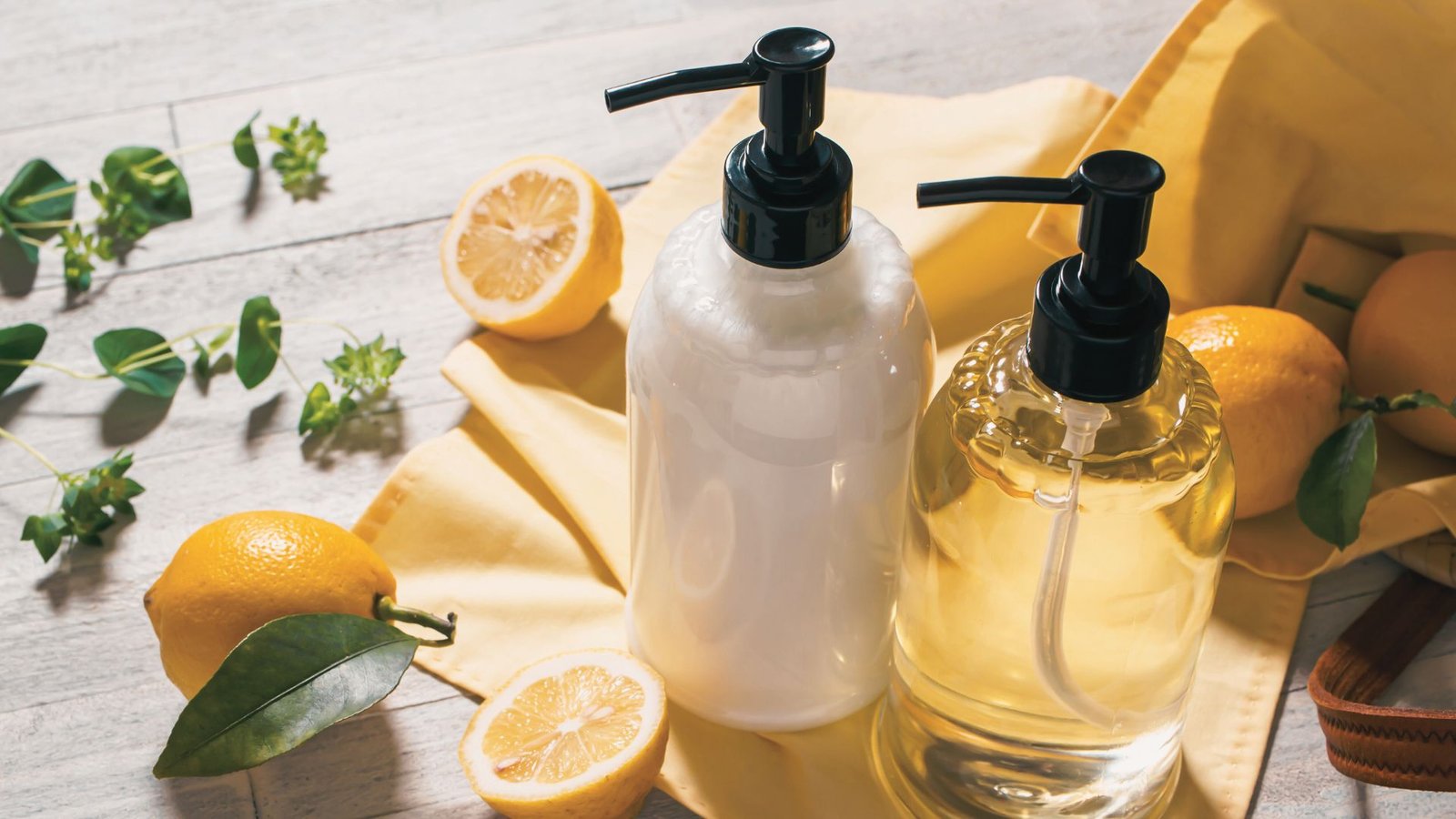What Ingredients Should You Avoid in Your Shampoo?
Discovering the perfect shampoo can often feel like searching for a needle in a haystack. With so many brands and formulas on the market, how can you be sure you’re choosing a product that’s safe and effective for your hair? This comprehensive guide aims to clear the confusion, focusing on the harmful ingredients that can lurk in your shampoo and conditioner. By avoiding these, you can ensure healthier hair and a healthier you. 
Introduction: The Quest for Safer Shampoo
When it comes to personal care products, safety is paramount. Your scalp absorbs substances more quickly than most parts of your body, making the choice of shampoo and conditioner even more critical. In this article, we’ll explore the harmful ingredients that should be avoided in hair care products, and provide insights on how to choose safer alternatives.
Understanding Harmful Ingredients in Hair Care
What Shampoo Ingredients Should I Avoid?
The list of ingredients in shampoo and conditioner can be daunting, filled with complex chemical names that are hard to decipher. Here’s a breakdown of the most common harmful ingredients that you should avoid:
Sulfates
- Why Avoid? Sulfates like sodium lauryl sulfate (SLS) and sodium laureth sulfate (SLES) are detergents that strip hair of its natural oils, potentially causing dryness, irritation, and allergic reactions.
- Commonly Found In: Many commercial shampoos and conditioners labeled as deep cleansing.
Parabens
- Why Avoid? Used as preservatives, parabens can mimic estrogen and have been linked to hormonal disruptions and possibly cancer.
- Commonly Found In: A wide range of personal care products to extend shelf life.
Formaldehyde Releasers
- Why Avoid? These chemicals slowly release formaldehyde, a known carcinogen, which can lead to allergic reactions, skin irritation, and is harmful when inhaled.
- Commonly Found In: Some conventional hair products for preservation.
Phthalates
- Why Avoid? Phthalates are used to enhance the fragrance of a product. However, they interfere with hormone levels and are linked to reproductive issues and birth defects.
- Commonly Found In: Products with fragrance or perfume on the ingredient list.
Silicones
- Why Avoid? Silicones like dimethicone coat the hair shaft, creating the illusion of smooth hair while preventing real moisture from penetrating, leading to buildup and weighed down hair.
- Commonly Found In: Many smoothing and frizz-control shampoos.
Synthetic Fragrances
- Why Avoid? Fragrances can contain numerous hidden chemicals that can trigger allergies, asthma, and other health issues.
- Commonly Found In: Most scented personal care products.
Isopropyl Alcohol
- Why Avoid? Found in some hair rinses, it can dry out your hair, leading to brittle and lifeless strands.
- Commonly Found In: Hair sprays and volumizing products.
Choosing Safer Shampoo Alternatives
Which is the Safest Shampoo?
Opt for shampoos that promote their natural or organic ingredients. Products certified by reputable organizations ensure they are free from the harmful chemicals listed above. Always read labels carefully and choose products with transparent ingredient lists.
Good Ingredients in Shampoo
- Aloe Vera: Moisturizes and soothes the scalp.
- Tea Tree Oil: Natural antibacterial that helps treat scalp issues.
- Argan Oil: Rich in antioxidants, it nourishes and protects hair.
- Glycerin: A humectant that draws moisture into the hair.
- Panthenol: Provitamin B5 that moisturizes and strengthens hair.
Shampoos Without Harmful Ingredients
Look for brands that focus on both efficacy and safety. Websites like agoodshampoo.com offer a variety of shampoos that are free from harmful ingredients, focusing on holistic hair health.
Essential Guide to Shampoo Ingredients:
Choosing the right shampoo can be tricky, but knowing what’s good and bad for your hair helps a lot! In our guide, “Essential Guide to Shampoo Ingredients: What to Embrace and What to Avoid for Optimal Hair Health,” we talk about ingredients that aren’t good for your hair, like sulfates and parabens.
These can take away your hair’s natural oils and mess up your hormones. We also tell you about good stuff like shea butter and argan oil, which help keep your hair soft and healthy. This guide helps you pick the best shampoo for awesome hair!
| Harmful Ingredients | Why Avoid | Beneficial Ingredients | Benefits |
|---|---|---|---|
| Sulfates (e.g., SLS, SLES) | Can strip hair of natural oils, irritating the scalp and drying out hair | Shea Butter | Moisturizes and nourishes hair, promoting a healthy shine |
| Formaldehyde & Releasers | Known carcinogens, can cause allergic reactions and are harmful with prolonged exposure | Tea Tree Oil | Antifungal and antibacterial, helps keep the scalp healthy and moisturized |
| Parabens | Potential hormone disruptors, linked to breast cancer and reproductive issues | Argan Oil | Rich in antioxidants and Vitamin E, hydrates hair, enhances elasticity, and restores shine |
| Phthalates | Linked to reproductive issues, hormone disruption, and potential carcinogen | Panthenol (Vitamin B5) | Moisturizes hair, reduces split ends, and adds shine |
| Synthetic Fragrances | Can cause allergies, respiratory issues, and are often not disclosed in ingredients | Hydrolyzed Quinoa Protein | Contains essential amino acids, strengthens and hydrates hair |
| Silicones (e.g., Dimethicone) | Prevents moisture penetration, leads to build-up and can weigh hair down | Aloe Vera | Soothes the scalp, conditions the hair, and promotes hair growth |
| Isopropyl Alcohol | Drying to the hair, can cause frizz and breakage | Glycerin | A humectant that draws in moisture, helping to maintain the hair’s moisture balance |
| Retinyl Palmitate | May cause scalp irritation and contribute to skin sensitivity to sunlight | Mango Butter | Deeply moisturizes, nourishes with vitamins and fatty acids, and protects against environmental damage |
| Polyethylene Glycol (PEG) | Can strip hair and scalp of moisture, potentially contaminated with harmful byproducts | ||
| Cocamidopropyl Betaine | Can cause allergic reactions and is irritating to the skin and eyes |
Switching to a safer shampoo and conditioner is an empowering step towards better health and environmental responsibility. By avoiding harmful shampoo brands and selecting products with beneficial ingredients, you take charge of your well-being and contribute to a more sustainable planet. Remember, the right choice doesn’t just clean your hair—it protects it. Visit agoodshampoo.com to discover a range of safe, effective hair care solutions tailored to your needs.
In the journey toward healthier hair and a healthier planet, every choice counts. Make yours wisely.

Carolina Herrera: Cosmetics specialist & Hair Analyst. Specializing in hair treatments, Carolina provides thorough reviews and advice on choosing the best products for damaged or treated hair.